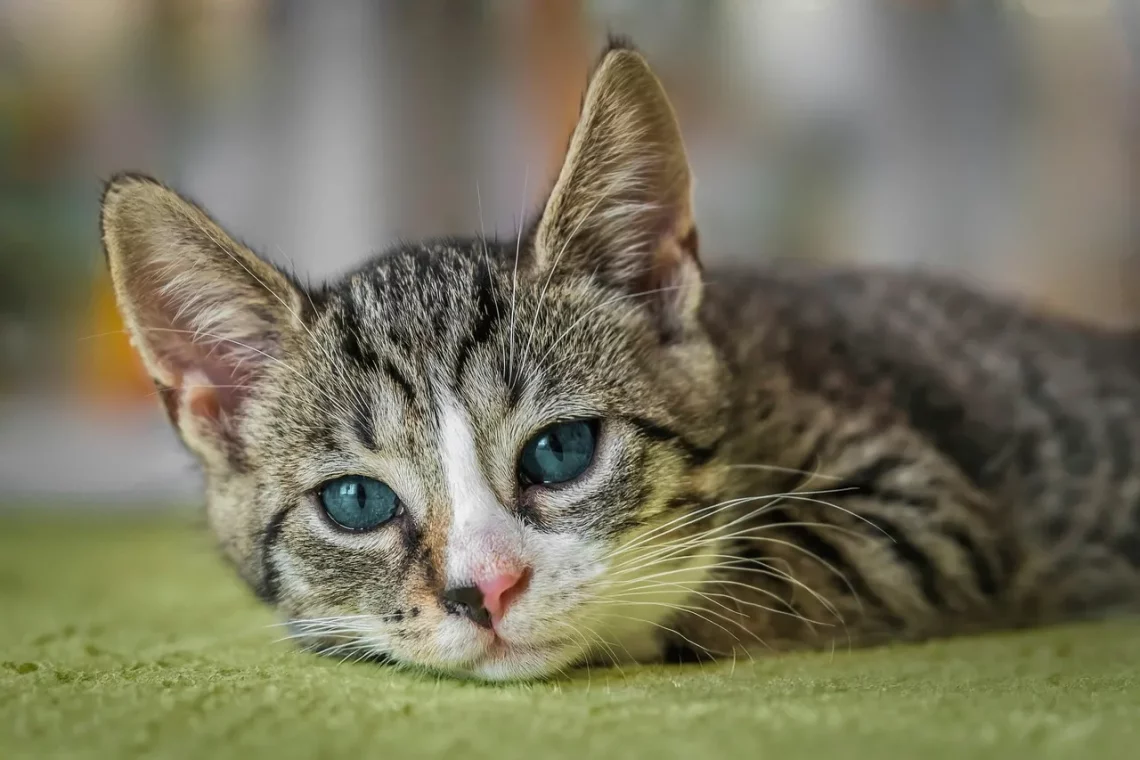
Understanding Normal Glucose Levels in Cats for Better Health
Maintaining optimal health is crucial for our feline companions, and understanding their physiological needs is a vital part of responsible pet ownership. One of the key indicators of a cat’s health is its glucose levels, which reflect the body’s ability to manage sugar. Just like in humans, glucose plays a significant role in energy production and overall metabolism in cats. However, abnormal glucose levels can lead to serious health issues, including diabetes mellitus—a condition that has become increasingly common in domestic cats.
Cats, unlike some other pets, have unique metabolic processes that can be influenced by their diet, activity level, and even stress. These factors can greatly affect their blood sugar levels, leading to fluctuations that may go unnoticed without regular monitoring. For cat owners, being informed about what constitutes normal glucose levels is essential for ensuring their furry friends lead healthy, active lives. This knowledge empowers pet owners to recognize early signs of potential health problems, enabling prompt veterinary intervention when necessary.
By familiarizing ourselves with the nuances of feline glucose levels, we can better advocate for our pets’ health and well-being.
What Are Normal Glucose Levels for Cats?
Normal glucose levels in cats typically range between 70 and 150 mg/dL when tested in a clinical setting. Understanding this range is crucial for recognizing when something might be amiss. Glucose is primarily sourced from the carbohydrates in a cat’s diet, and it is regulated by hormones such as insulin. When a cat eats, glucose enters the bloodstream, prompting the pancreas to release insulin, which helps cells absorb glucose for energy.
Various factors can influence glucose levels, including the cat’s age, weight, and overall health. Younger, more active cats may naturally have higher glucose levels due to their increased metabolic rates, while older or less active cats may show lower levels. Additionally, stress can significantly affect a cat’s glucose readings; for instance, many cats experience anxiety during veterinary visits, leading to temporary spikes in blood sugar.
It is also important to note that some breeds may have different normal ranges. For example, Siamese cats are known to have slightly higher glucose levels compared to other breeds. Hence, it is essential for pet owners to discuss their cat’s specific circumstances with a veterinarian to better understand their individual glucose levels.
Regular glucose monitoring can be particularly beneficial for cats at risk of diabetes or those displaying symptoms such as excessive thirst, increased urination, or unexplained weight loss. Knowing the normal glucose range helps pet owners act swiftly if their cat’s levels fall outside this range, potentially preventing serious health complications.
How to Monitor Your Cat’s Glucose Levels
Monitoring your cat’s glucose levels can be a straightforward process, particularly with the advancements in veterinary care and home monitoring devices. Regular check-ups with a veterinarian are essential, as they can provide accurate blood tests to determine glucose levels. These tests can be conducted during routine examinations or when there are specific concerns regarding your cat’s health.
For cat owners who are proactive about their pets’ health, home monitoring is also an option. There are various glucometers available that are specifically designed for pets, allowing owners to track their cat’s glucose levels conveniently. This can be particularly useful for diabetic cats, as it enables owners to monitor fluctuations and adjust their cat’s diet or insulin dosage accordingly.
To perform home monitoring, a small blood sample is typically collected from the ear or paw pad. While this may seem daunting, many cats can become accustomed to the process with gentle handling and positive reinforcement. It is crucial to follow the manufacturer’s instructions for the glucometer to ensure accurate results.
In addition to monitoring glucose levels, observing your cat’s behavior and overall health is equally important. Changes in appetite, energy levels, or drinking habits can indicate a potential issue with glucose regulation. Keeping a diary of these observations can provide valuable insights for discussions with your veterinarian.
If you suspect your cat has abnormal glucose levels or if there is a family history of diabetes in your pet, consult your veterinarian for a tailored monitoring plan. Early detection and management can lead to better health outcomes for your feline friend.
Common Symptoms of Abnormal Glucose Levels
Recognizing the signs of abnormal glucose levels in cats is crucial for early intervention and treatment. The symptoms can vary based on whether glucose levels are too high (hyperglycemia) or too low (hypoglycemia).
Hyperglycemia occurs when blood sugar levels exceed the normal range. Common symptoms include excessive thirst and urination, increased appetite, and weight loss despite eating regularly. Cats may also exhibit lethargy and decreased activity levels. This condition can be a sign of diabetes mellitus or other underlying health issues, making it essential to consult a veterinarian if these symptoms arise.
On the other hand, hypoglycemia is characterized by abnormally low blood sugar levels. Symptoms can be more acute and may include weakness, confusion, disorientation, seizures, and even loss of consciousness. Hypoglycemia can be life-threatening and requires immediate veterinary attention. It can be caused by various factors, including an improper diet, excessive insulin administration in diabetic cats, or underlying health conditions.
In both cases, timely recognition and intervention are critical. If you notice any of these symptoms in your cat, it’s vital to contact your veterinarian to discuss your concerns. They can perform appropriate tests to determine your cat’s glucose levels and recommend necessary treatments or lifestyle adjustments.
Educating yourself about these symptoms can empower you to take action more quickly, potentially saving your cat from serious health complications. Regular veterinary check-ups and open communication with your vet will also help ensure your cat maintains optimal health.
Importance of Diet in Managing Glucose Levels
Diet plays a pivotal role in maintaining normal glucose levels in cats, especially for those predisposed to diabetes or other metabolic disorders. A balanced diet that is appropriate for your cat’s age, weight, and activity level can help regulate blood sugar levels and promote overall health.
Cats are obligate carnivores, meaning their diet should primarily consist of high-quality animal proteins. These proteins are essential for maintaining muscle mass and supporting metabolic processes. It is crucial to choose cat food that is low in carbohydrates, as excessive carbohydrates can lead to spikes in blood sugar levels. Look for foods that list high-quality protein sources as the first ingredient and contain minimal filler ingredients.
Additionally, portion control is vital. Overfeeding can lead to obesity, which is a significant risk factor for developing diabetes in cats. Regular feeding schedules and controlled portions can help manage weight and support stable glucose levels. Consult your veterinarian for personalized feeding guidelines tailored to your cat’s specific needs.
Moreover, incorporating high-fiber diets can also be beneficial for glucose regulation. Fiber slows down the absorption of glucose, helping to prevent sudden spikes in blood sugar. Some cat foods are specially formulated with increased fiber content to support diabetic cats.
Transitioning to a new diet should be done gradually to avoid gastrointestinal upset. Always consult with your veterinarian before making significant changes to your cat’s diet, particularly if your cat has existing health concerns.
By focusing on a balanced, nutrient-rich diet, you can significantly contribute to your cat’s health and help maintain their glucose levels within the normal range.
**Disclaimer**: This article is for informational purposes only and does not constitute medical advice. Always consult your veterinarian for any health concerns regarding your cat.




